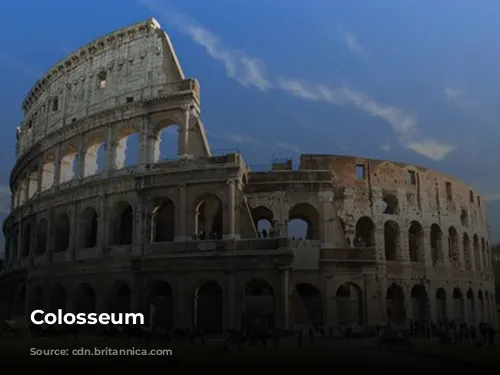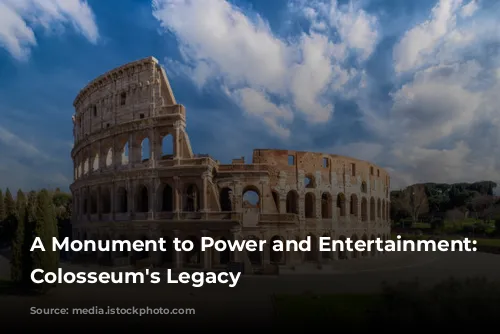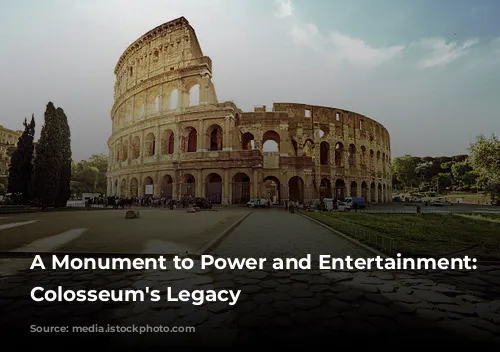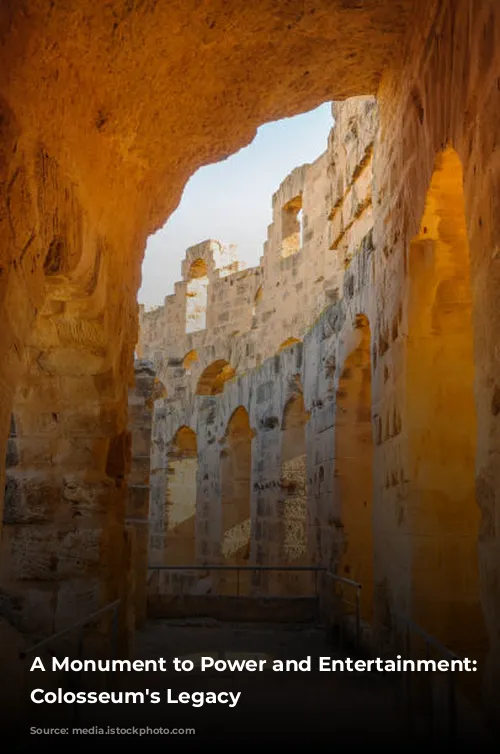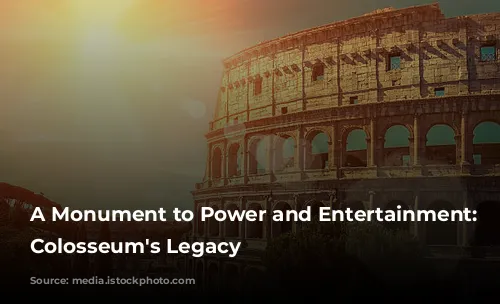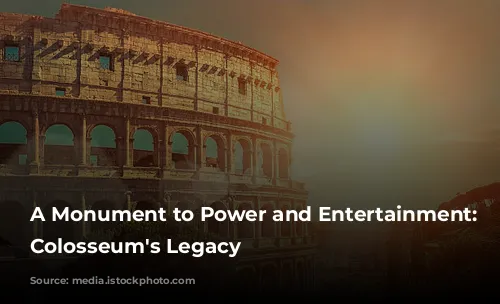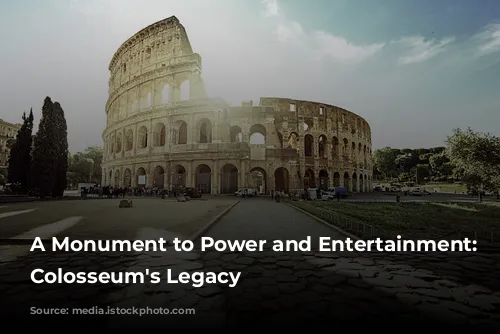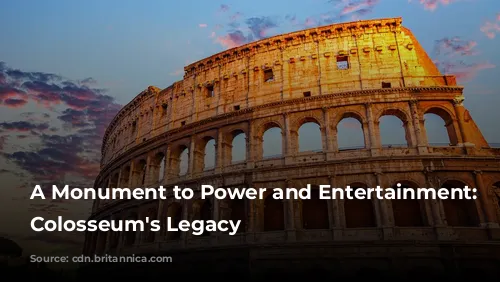The Colosseum, a breathtaking monument to the architectural and engineering brilliance of ancient Rome, stands proudly as one of the few mostly intact structures from that era. It’s not just a captivating historical landmark but also a significant source of revenue for the Italian government. In 2018 alone, the Colosseum, along with the Roman Forum and Palatine Hill, generated over $63.3 million (€53.8 million) in tourism revenue, making it the most profitable tourist attraction in all of Italy.
The Colosseum’s journey through time is a tale of grandeur, neglect, and resurgence. Following the decline of the Western Roman Empire, the Colosseum fell into a state of disrepair. It was even repurposed as a fortress by the Frangipane and Annibaldi families during the 12th century, and later, in the late 15th century, Pope Alexander VI permitted its use as a quarry. For over a thousand years, the Colosseum suffered from neglect, a testament to the changing tides of history. However, the late 20th century marked a turning point, as state-funded restoration efforts commenced in the 1990s.
A Symbol of Imperial Power
The Colosseum’s construction was part of a grand scheme to revitalize Rome after the tumultuous year known as the “Year of the Four Emperors” in 69 CE. Emperor Vespasian, like other emperors before him, saw the Colosseum as a means to entertain the masses, hosting gladiatorial combats, thrilling animal hunts, and even elaborate mock naval battles. These spectacles were more than mere entertainment; they were a display of imperial power, a way to appease the populace and cement the emperor’s authority.
A Legacy of Blood and Stone
Emperor Vespasian initiated the construction of the Colosseum between 70 and 72 CE. His son and successor, Titus, officially dedicated the structure in 80 CE with a spectacular 100-day festival. Domitian, Vespasian’s other son, added the fourth story in 82 CE. Notably, the Colosseum’s construction was financed by the spoils from Titus’s conquest of Jerusalem in 70 CE, and Jewish slaves from Judaea were employed in its building.
A Monument to Roman Engineering
The Colosseum is an awe-inspiring amphitheater, known also as the Flavian Amphitheater. Its elliptical structure, standing four stories tall, is a marvel of engineering. Made from a blend of stone, concrete, and tuff, it measures an impressive 620 by 513 feet (189 by 156 meters) and had a capacity of up to 50,000 spectators. It was built on the grounds of Nero’s Golden House, replacing the artificial lake that once graced the palace complex. Vespasian’s choice to replace the tyrannical emperor’s private lake with a public amphitheater for the masses was both symbolic and practical, demonstrating his commitment to the people.
A Glimpse into Ancient Roman Life
The Colosseum was a place of spectacle and wonder. Its vast seating capacity allowed Romans from all walks of life to witness gladiatorial combats, animal hunts, and even mock naval battles. Spectators were shielded from the sun by a massive retractable awning, the velarium, which was manipulated by hundreds of Roman sailors. The Colosseum’s legacy extends beyond its impressive structure; it offers a glimpse into the ancient Roman lifestyle, their passions, and their entertainment.
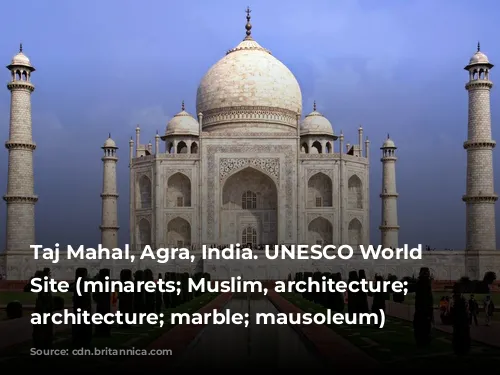
A Journey Through Time
The Colosseum’s journey through time is marked by both grandeur and hardship. In medieval times, it served as a church and later as a fortress. However, the relentless effects of lightning, earthquakes, vandalism, and pollution took their toll. The Colosseum was stripped of its marble seats and decorative materials, turning it into a quarry for over a thousand years. It wasn’t until the 19th century that preservation efforts began in earnest, with notable contributions from Pius VIII. The 1990s saw a major restoration project. Today, the Colosseum is a vibrant testament to the resilience of history, welcoming close to seven million visitors each year, who come to marvel at its grandeur and learn about its fascinating past. With its ever-changing exhibitions about ancient Roman culture, the Colosseum continues to enthrall visitors and inspire generations.
The Colosseum stands as a testament to the grandeur and ingenuity of the Roman Empire, offering a glimpse into a bygone era and captivating visitors with its history and architectural brilliance. It is a symbol of the enduring power of history, a reminder of Rome’s rich cultural heritage, and a captivating destination for travelers from all over the world.

